Propagating succulents: 4 step-by-step tips to get more plants for free
Propagating succulents will help you expand your indoor houseplant display, fast
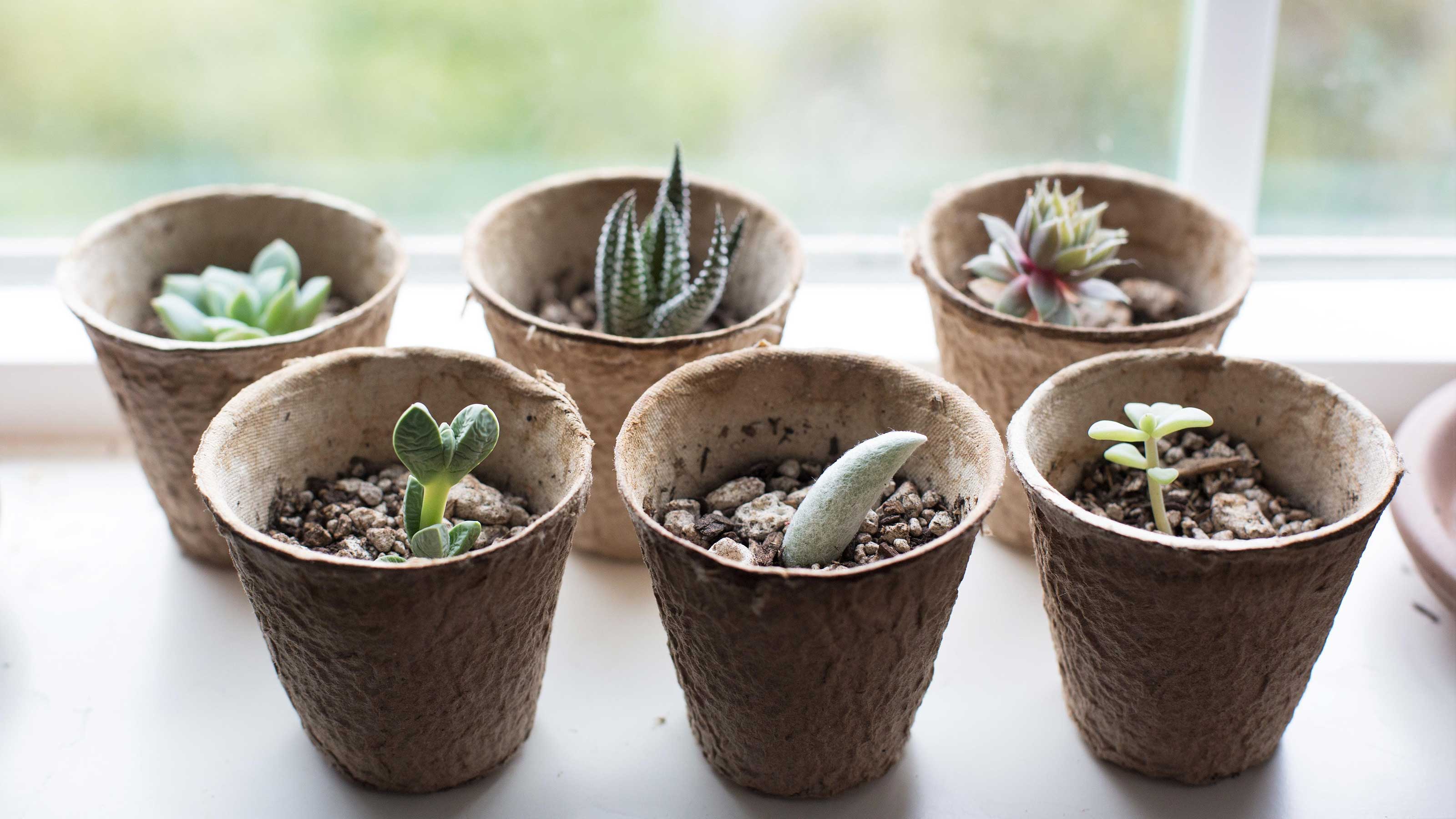

Propagating succulents is so simple, it may leave you wondering why you've never done it before. Whether planted in colorful or Scandi-chic pots, or even a terrarium, they're perfect for adding extra greenery to your interior scheme. So why wouldn't you want more – for free?
There are thousands of different types to choose from, including cacti. Plus, once they've grown, they're so easy to look after, as they store a supply of water in their leaves. In fact, we'd go so far as to say that they're one of the best indoor plants. And with the help of houseplant experts, we share how to expand your display in a few simple steps.
4 steps for propagating succulents
'Think it’s tricky to propagate your plants? Think again!' says Jo Lambell, founder of Beards & Daisies.
'If you want to extend your succulent family, then follow the below steps and you’ll be producing plant babies in no time.' It's an easy way to give your indoor garden ideas a boost.
1. Take your cutting from your succulent
'The easiest way to start is by choosing a healthy stem that you wish to cut from (look for new growth or leaves),' says Jo.
'Using sharp scissors or a knife, remove the stem so it comes away cleanly, without damaging the plant,' she says. 'Aim for around three inches long (if the plant is that big!).
'You can also propagate from individual succulent leaves – just remove them by twisting them away from the plant.' If your succulent is a rosette-forming one, you can also snip off the head, leaving a short bit of stem attached.
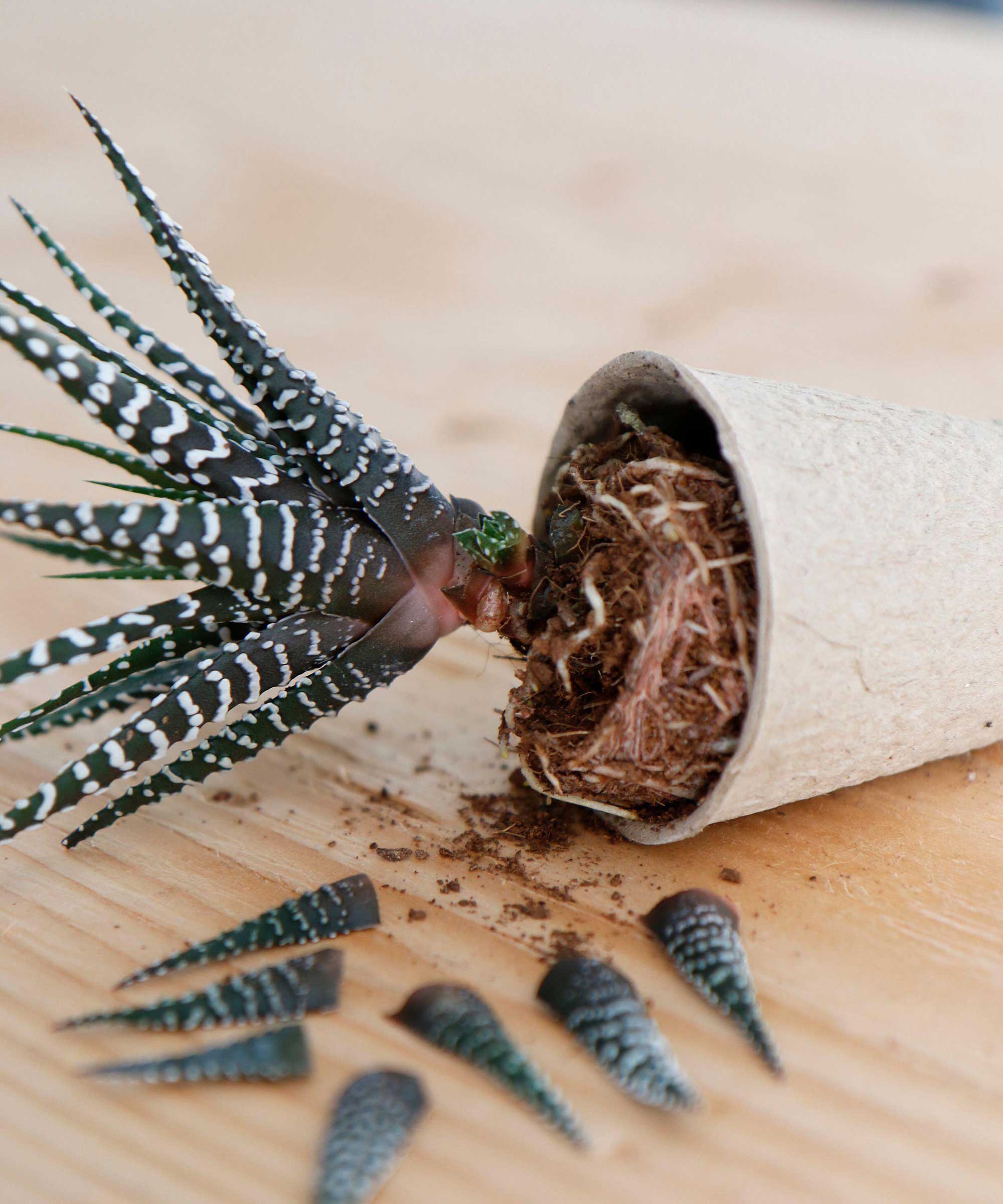
Carefully remove leaves from your succulent
2. Allow your succulent cuttings to form calluses
'Now you have all the cuttings you wish to propagate, place them together on a plate with a layer of soil on it,' says Jo. She advises using a succulent-specific, well-draining variety.
'Keep your plate out of direct sunlight,' she says. 'The aim here is for the ends of the clipped or plucked cuttings to dry up a little and seal or callus the "wound".' This should take about three days, and will stop bacteria from infecting the plant, which would lead to rot.
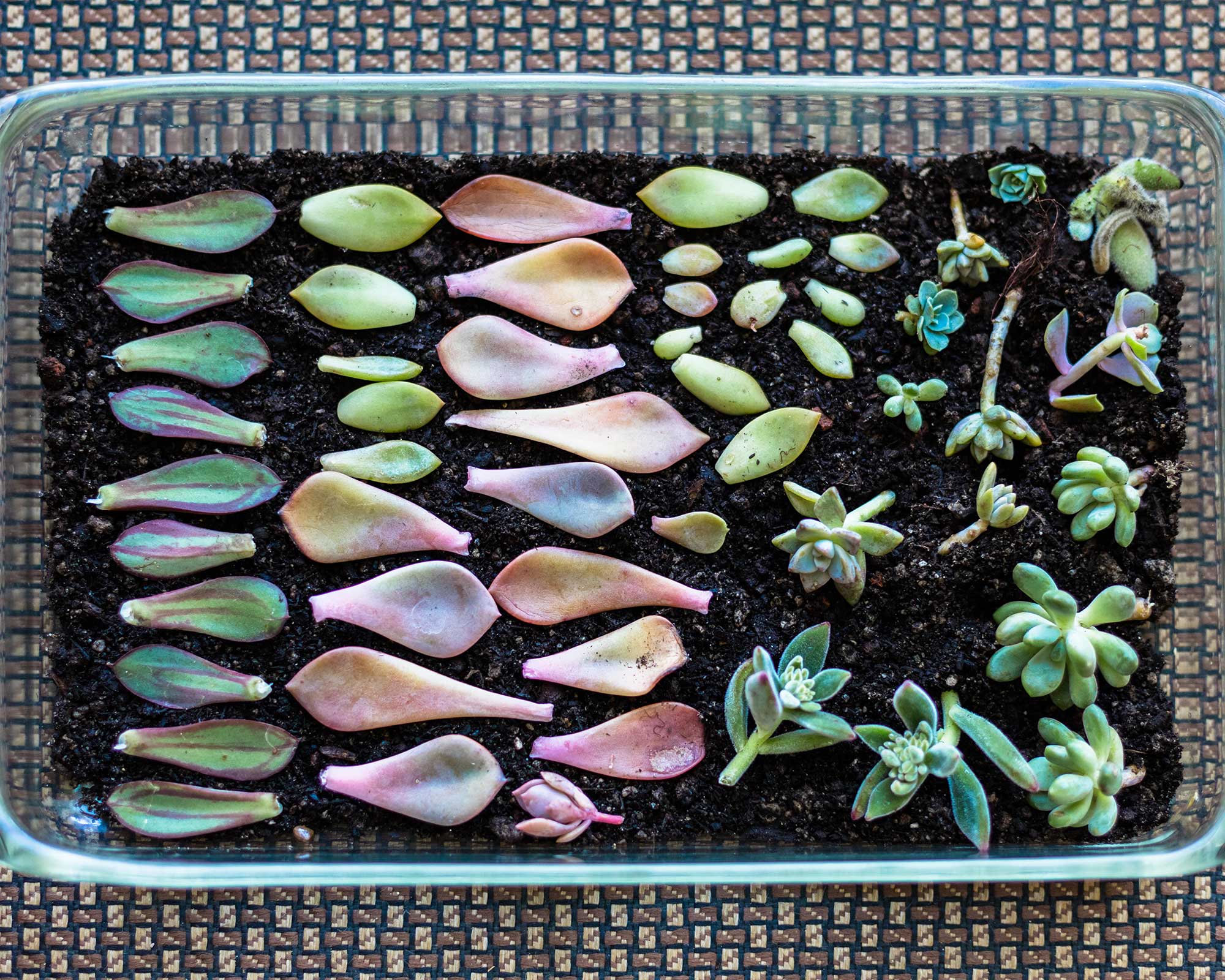
Leave your succulent cuttings to develop calluses and then roots
3. Keep the soil moist once the cuttings have sealed
Once the 'wounds' have sealed, water your cuttings with a mister to moisten the soil and continue to do so whenever the soil dries out, advises Jo.
'Keep a close eye on your clippings and in around three weeks you should start to see some action – small roots will start appearing.
'At around six weeks you will spot baby pups growing from their parents,' she says. The original parent leaves will wither and die, and can be carefully removed.
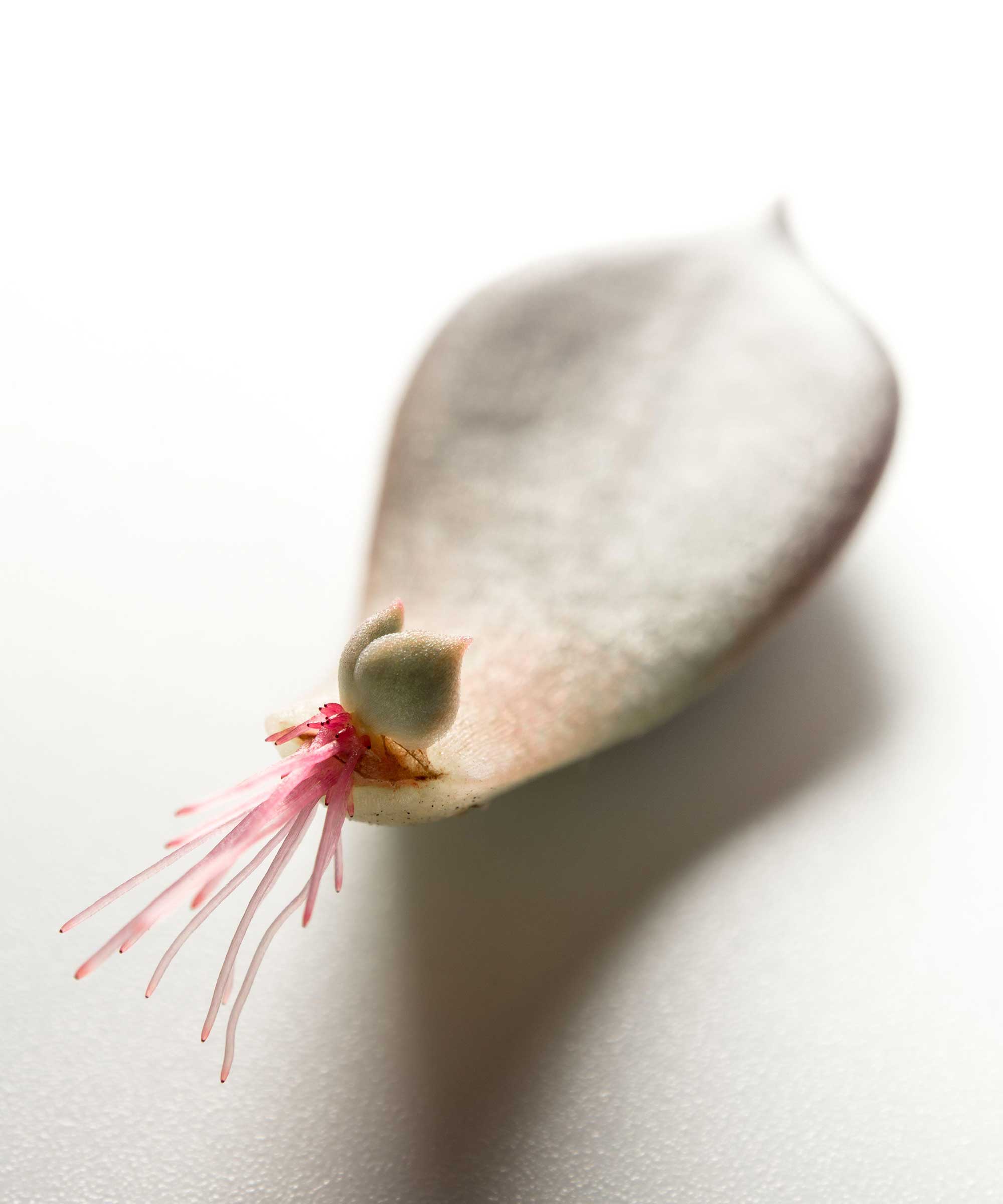
A succulent leaf growing new roots and a small plantlet
4. Pot on your succulent cuttings
'Your plants are now ready to branch out on their own,' says Jo.
'Plant each in its own little pot, covering the new roots with soil.' You'll want to position them somewhere with lots of bright indirect light, and remember to water them when the soil is dry.
'The cuttings should eventually grow into thriving plants – we told you it was simple!'
Once you've finished propagating succulents, either add them to your own collection or give as thoughtful yet budget-friendly gifts to boost a loved one's indoor plant ideas.
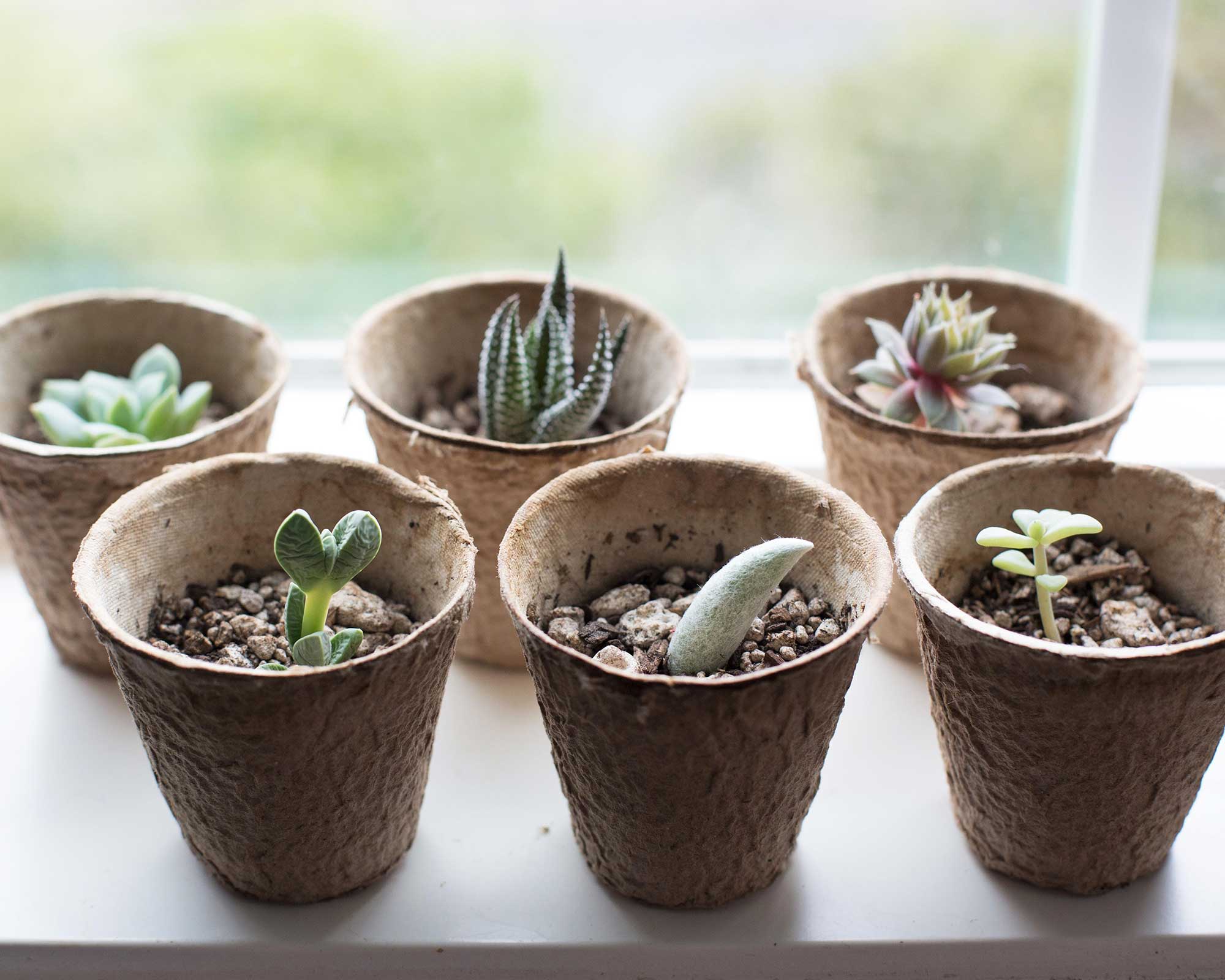
A windowsill can be a good place to put your succulent cuttings, as long as it doesn't get too much bright sunlight
Can you propagate succulents without taking cuttings?
You can also propagate succulents by gently dividing existing plants by the roots, and then replanting each section immediately into succulent-specific soil.
You may also notice your succulents forming their own smaller plantlets naturally. They can be removed and simply planted elsewhere – easy!
What are the easiest succulents to propagate?
Jo's suggestions of the easiest succulents to propagate include the popular string of pearls (one of the best indoor hanging plants in our books), and Sedum 'Burro’s Tail' – another beautiful trailer that is native to Southern Mexico.
A spokesperson from GardenBuildingsDirect.co.uk also suggests graptopetalum and echeveria. 'Choosing plants that shed leaves easily provides a great way to get started when propagating, as they do half of the job for you,' they add.
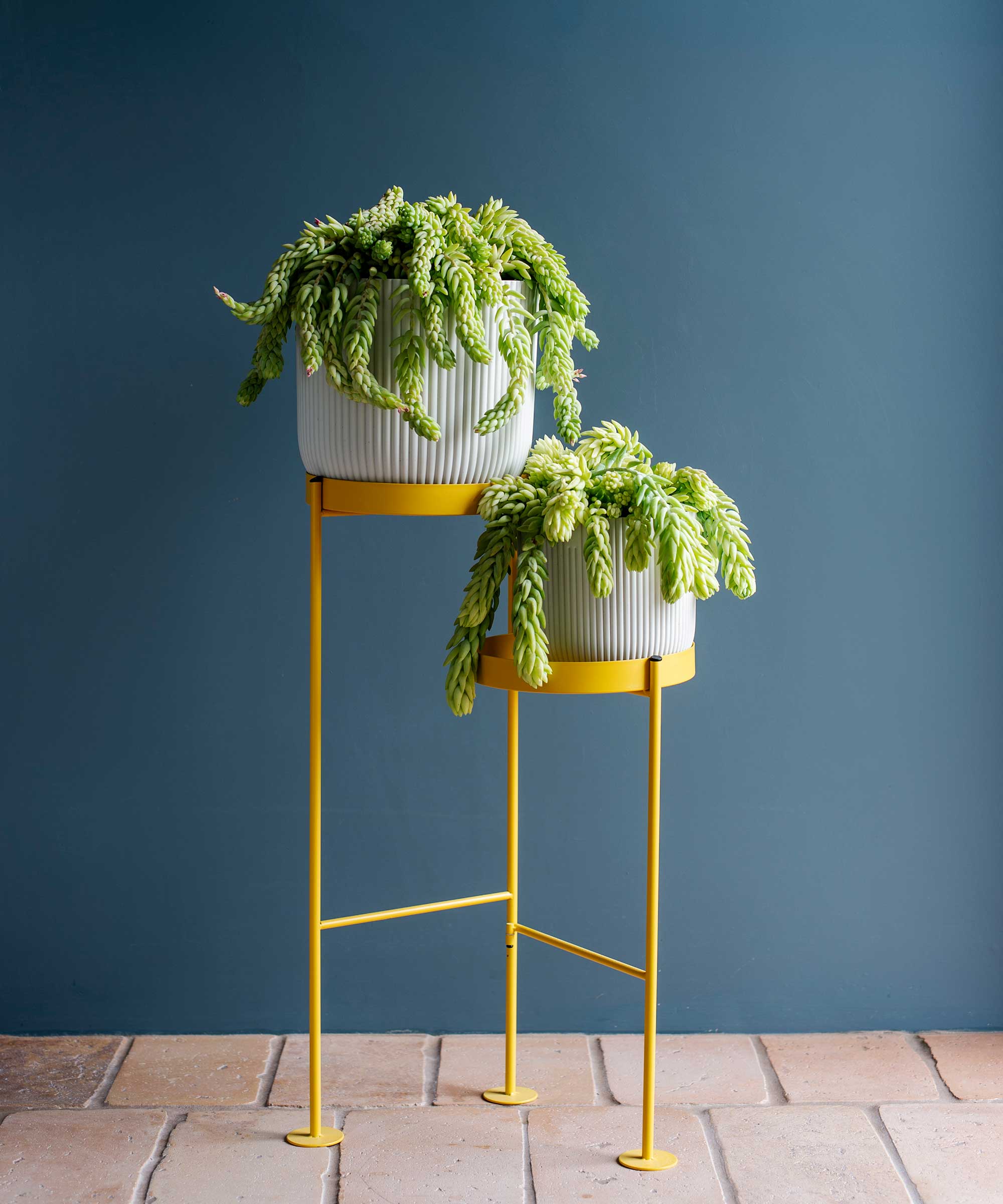
Common mistakes to avoid when propagating succulents
- Choosing the wrong leaf. 'In order to grow the plant successfully, it's vital that the cutting you choose is healthy and plump, and not broken and dry,' says the team at GardenBuildingsDirect.co.uk. 'Avoiding small young leaves is also advisable because although you can propagate from these leaves, it takes a considerable while longer.'
- Providing the wrong amount of moisture or light. 'As with all plants, the wrong amount of light and overwatering can also cause problems when trying to sprout roots from the leaves,' says the team. 'Gently misting the leaves every few days should suffice but be aware that some succulent types may not require any water at all to propagate.'
- Not providing proper care once your plants have established. Our guide on how to grow succulents has all the tips you need for success.

The garden was always a big part of Holly's life growing up, as was the surrounding New Forest where she lived. Her appreciation for the great outdoors has only grown since then. She's been an allotment keeper, a professional gardener, and a botanical illustrator – plants are her passion.
